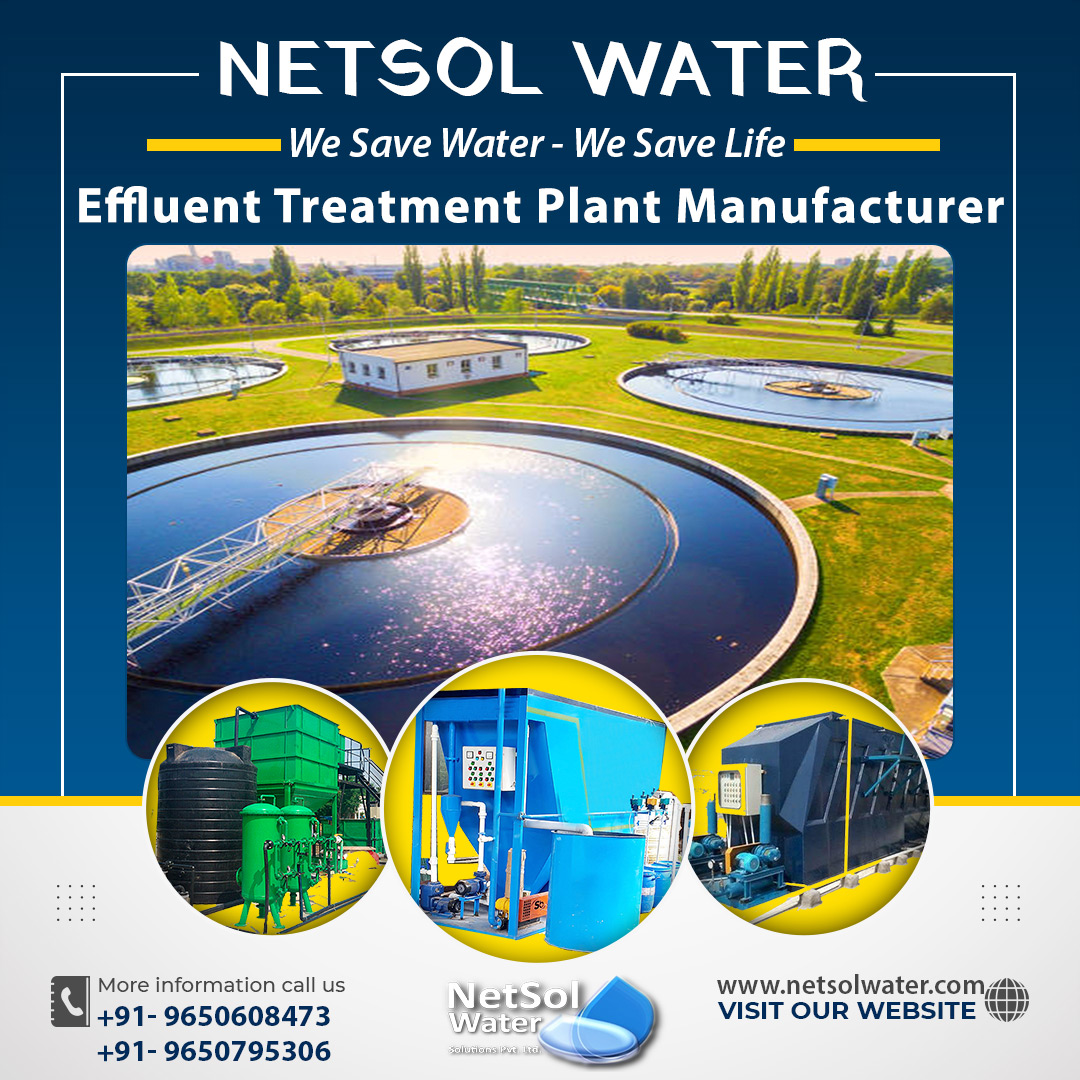What are the steps involved in WWTP design for Textile Industry?
The textile industry consumes very large amounts of water. Water is used for cleaning raw materials and for many rinsing steps during manufacturing. Greases, oils, paints, and other chemicals used in various manufacturing processes must be removed from wastewater. The cleaning process depends on the type of wastewater (not all plants use the same manufacturing method) and the amount of water used. Also, not all factories use the same chemicals. Companies with special standards (environments) are trying to keep water clean at every production step. Therefore, the concepts of water treatment can be different from each other. Water treatment with different types of pollutants is extensive due to the many cleaning and removal steps.
This first treatment step is to remove small particles from the process water. In this way, fibres, fluff, and cotton flakes are removed from the water. Drum filters and pocket filters are used for these filter stages.
1-Degreasing:
(If required) If white spirits or other solvents are used in the wool treatment, they should be removed from the wastewater. Membranes and oil removers are convenient. Microorganisms can be killed by oils in the water and other organic solvents.
2-Homogenization:
This step helps to mix the water. This step disperses the pollution better. This makes it easier for microorganisms to treat the water. The result is a more effective biological cleaning step.
3-Neutralization:
After homogenization, the pH value of the solution will be about 9-10. Depending on the pH value, an acid or air injector can be used to neutralize the water.
4-Physicochemical treatment:
If the concentration of dissolved solids is very high (sulphide, chromate, etc.) and / or if there is also colour in the water, the type of treatment is different. The following processes are possible-
Catalysed oxidation of sulphides and agglutination discoloration due to buoyancy biological cleaning.
The type of biological cleaning depends on the concentration and type of contaminants. Two biological steps are used:
1-Trickling Filter:
The structure is a large reservoir filled with plastic, pebbles, or other material with a very large surface area. The large surface area provides microorganisms with a small chance of growth. The sprinkler scatters wastewater over the loaded material. Air is blowing into the pool from top or from below to give the aerobic bacteria the right living conditions. With the growing of the bacteria the biologic dismantlement particles in the wastewater will be treated.
This easiest step of biological treatment is reducing the BOD-5 between 50 and 70%. A disadvantage is a very good, filtrated water without particles which could clog the spray nozzles. Depending on this fact a flocculation process before trickling is necessary.
2-Activated sludge:
In this process, bacteria live in the sludge, so there is no need to aggregate wastewater. The principle is simple: wastewater is poured into the basin where bacteria live. A fan blows air into the water, giving the aerobic bacteria proper growth conditions. Together with bacteria, sludge forms activated sludge. The removal rate of BOD-5 reaches 90-95%. To empty the sludge, you need to thicken the sludge. This can be done in different ways, depending on the amount of sludge that must be disposed of.
3-De-inking:
If necessary, this final treatment step removes colour by oxidation, adsorption, or other means.
Textile industries require treatment plants and we are here to help.
Netsol Water is just a call away!




